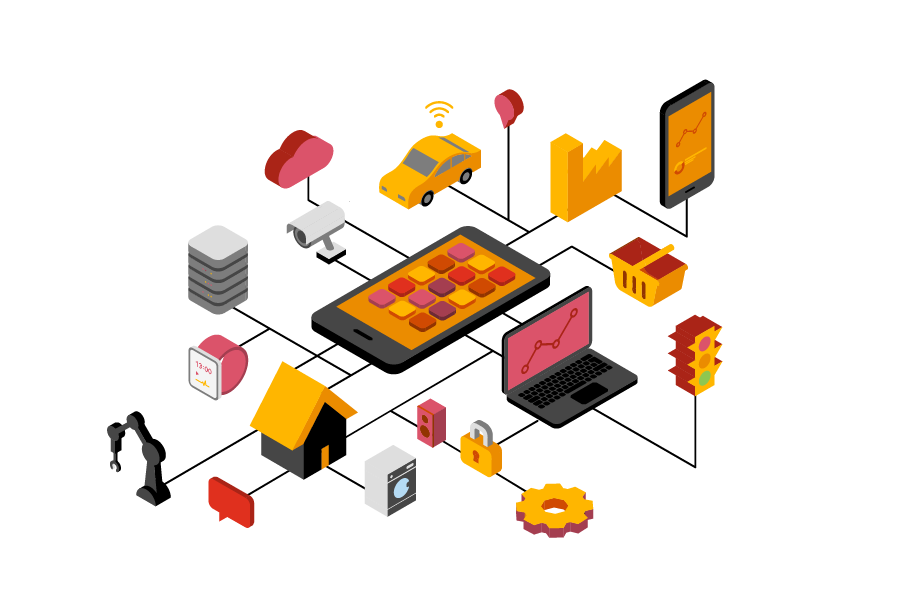3 minute read
Learning Management System
Investing in LMS is not easy for most organizations. Most especially, those that don’t require a full-blown learning journey because they already provide face-to-face training programs or an online library of courses from renowned learning content providers (LCP) like Skillsoft, Udemy, etc.
As a Learning Technology specialist, I have encountered a lot of clients who surprised me with how they view or prioritize their learning. Some clients only use the LMS to host online courses, but what if I told you that some LMSs can do more than just provide you with courses or make them accessible to users online?

1. Leveraging the assessment feature to use it as part of the performance assessment.
Some LMS have features that can link assessment completion to a skill which makes it easy to ascertain the level of skill an employee currently has and can provide you the report of all the skills and the level of skill this employee has. Additionally, you can even create a training plan for a specific role and link the specific skill set that this role should have and assign it to the employees as part of their professional development.
2. Hosting and reviewing cases/files/certificates.
Not all learnings can be achieved within the company or internally. Some employers provide the liberty to their employees to join training programs externally or complete courses from other learning providers. Still, as L&D, we would like to be aware of and track these achievements of our employees to ensure continuous and sustainable growth in our organisation. Through the LMS, we can ask the employees to upload their certificates from the courses they have completed through other providers and review whether these courses are sufficient evidence to earn a skill that we can link to their profile.


3. Centralising the entire learning process.
It is already a headache for an L&D person to keep on chasing employees to complete their training. On top of that, admins need to follow up completion of feedback forms, attendance, completion of pre-requisite activities, and so on. Using the LMS, You can make the learning process for both learners and administrators easier. You can practically use the LMS to set up a training plan, record face-to-face training attendance, communicate learning programs and events, send reminders automatically, enforce feedback forms completion, and encourage accountability for their learning and development.
4. Cultivate inclusion and diversity.
The fact that technology continues to progress and change is truly amazing and scary at the same time. However, one of the things I highly appreciate is the opportunity for us to be inclusive. Diversity doesn’t only mean nationality and gender, but also our strengths and weaknesses. Through technology, we can provide accessibility for people with disabilities. A learning management system with an accessibility toolkit can help us ensure that our courses are inclusive and accessible. We can include text-to-speech functionality, user experience design to ensure that users with impaired eyesight can listen to content, or see-through visual support such as choice of text size, zooming in, and even color contrasts. People with impaired hearing can turn on captions or transcripts to follow through the learning content which are in video format.
5. Learning needs analysis
Traditionally, we are used to handing out evaluation forms and conducting FGD and one-to-one interviews when we are conducting LNA. Some companies even just directly ask the department head on what they think their team needs. While these are all common ways to approach LNA, LMS can also support this by centralising the process. You can create the evaluation forms directly on the courses (even outside the course for generic feedback), and schedule calls for the meetings especially if you will be conducting this virtually. Through the LMS you can even identify the most completed/attended courses and which are those the learners are finding it not worth their time. You can also identify the amount of time they spend on each learning and whether this links to and enhances their skills and performance.
Conclusion
These are just a few of the ways you can use the LMS apart from hosting e-learning courses and online content. With the emergence of new technologies such as AI, LXP, etc. LMS is but a foundation or a backbone for implementing a learning culture that leverages technology for efficient and effective learning.





